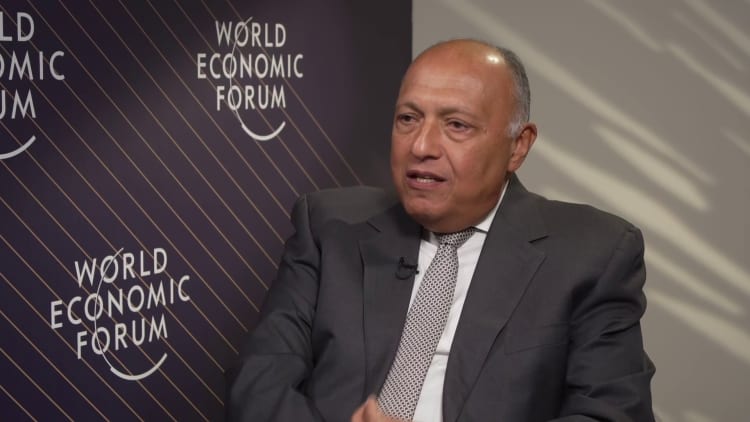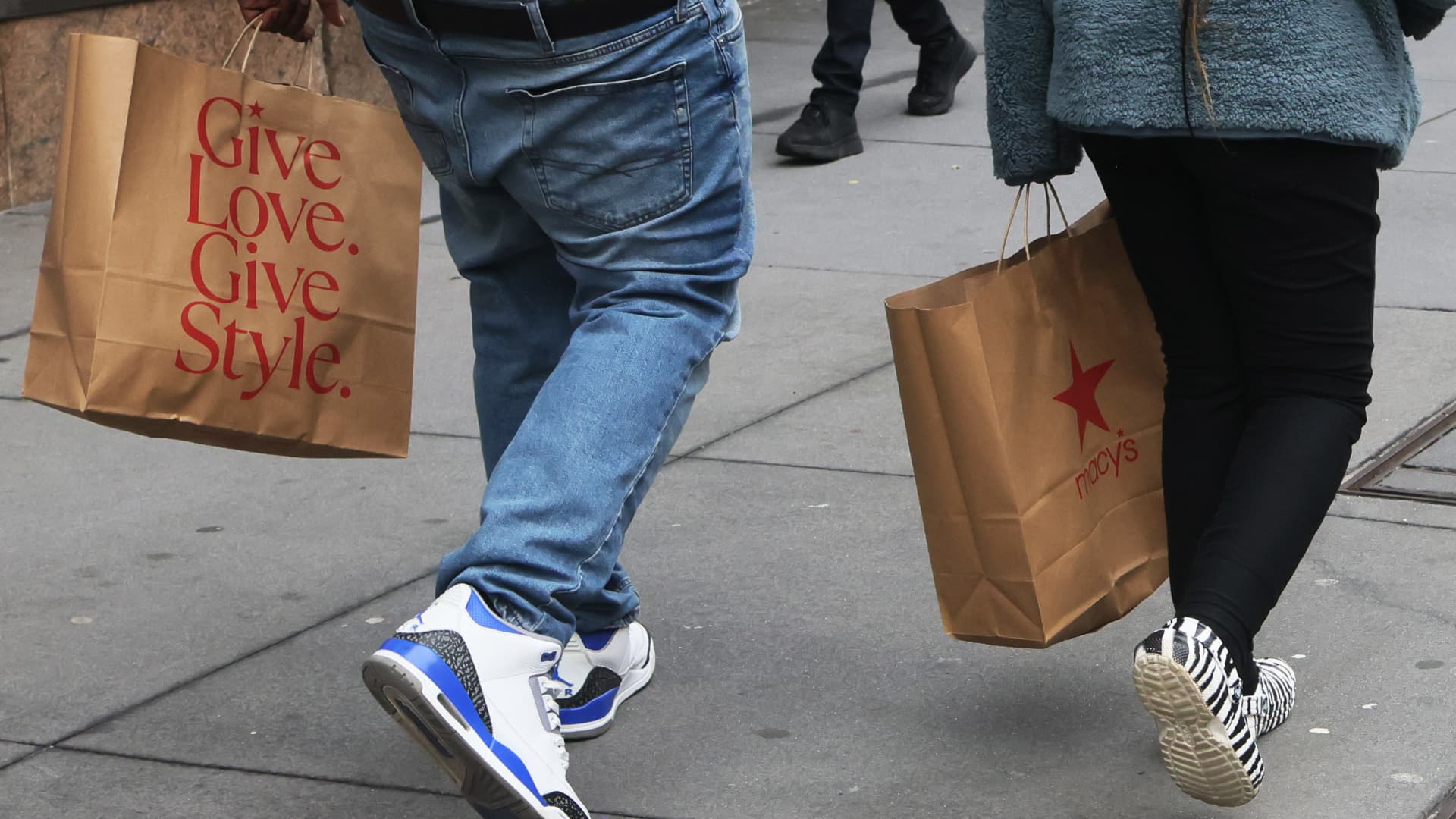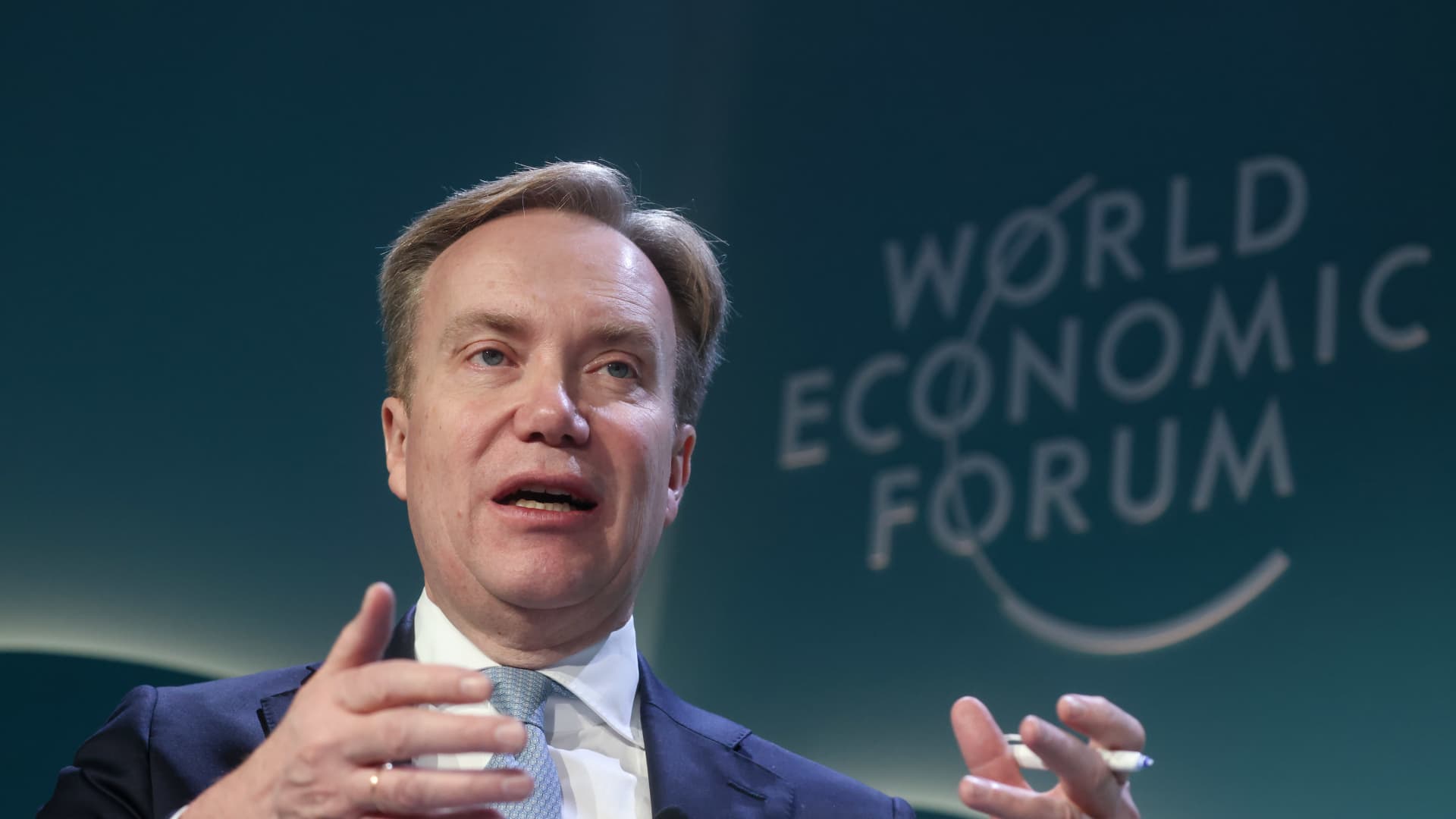Rising inflation in March didn’t deter consumers, who shopped faster than expected, the Commerce Department reported Monday.
Retail sales rose 0.7% for the month, significantly faster than the Dow Jones consensus forecast of a 0.3% rise but below the upwardly revised 0.9% in February, according to Census Bureau data, which is seasonally adjusted. but are not adjusted for inflation.
The consumer price index rose 0.4% in March, the Labor Department reported last week, with data also above Wall Street forecasts. That means consumers have more than kept up with the pace of inflation, which was at an annual rate of 3.5% this month, below the 4% increase in retail sales.
Excluding auto revenue, retail sales rose 1.1%, also well above the 0.5% estimate. The core control group, which strips out several fluctuating metrics and is included in the formula for determining gross domestic product, also rose 1.1%.
A rise in gasoline prices helped overall retail sales rise, with sales at gas stations rising 2.1% from the previous month. However, the biggest area of growth this month was online sales, up 2.7%, while retail sales of other goods posted a gain of 2.1%.
Several categories saw sales declines this month: sporting goods, hobbies, musical instruments and books saw a 1.8% decline, while clothing stores saw a 1.6% decline and electronics and home appliances saw a 1.2% decline.
Stock market futures added to the gains after the report, while Treasury yields also rose sharply. The bullish outlook for the Wall Street open came despite an escalation in tensions in the Middle East over the weekend as Iran launched airstrikes on Israel.
“Strong sales growth in March rescued an otherwise mediocre quarter for retailers,” said Jim Baird, chief investment officer at Plante Moran Financial Advisors. “Q1 growth won’t result in a round of high-fives, but a strong finish to the quarter should allow them to breathe a sigh of relief and provide a glimmer of hope that momentum could continue in the coming months. “
Robust consumer spending has helped keep the economy afloat despite higher interest rates and worries about stubborn inflation. Consumer spending accounts for nearly 70% of U.S. economic output and is therefore critical to continued gross domestic product growth.
Monday’s data comes amid growing market concerns about the direction of monetary policy. Federal Reserve officials expressed caution about cutting interest rates while inflationary pressures persist, and investors were forced to scale back their expectations of monetary easing this year.
Stronger consumer spending could cause the Fed to hold off cuts for longer, said Andrew Hunter, deputy chief U.S. economist at Capital Economics.
“In addition to the recent resurgence in job growth, the continued resilience of consumption is another reason to believe the Fed will wait longer before starting to cut interest rates, which we believe will not happen until September,” said Hunter in a note following the rate cut retail sales release.
Market prices, which have been very volatile in recent weeks, also suggest that the first cut will occur in September, according to CME Group’s FedWatch index of futures prices.
In other economic news Monday, the Empire State Manufacturing Index, which measures activity in the New York region, rose in April compared to the previous month but remained in decline territory. The index reached -14.3, better than March’s reading of -20.9 but below the Dow Jones estimate of -10.
The index measures the percentage of companies reporting expansion versus contraction, so anything below zero represents a decline. Shipments and delivery times decreased while prices paid increased.
Source link
2024-04-15 14:50:03
www.cnbc.com










